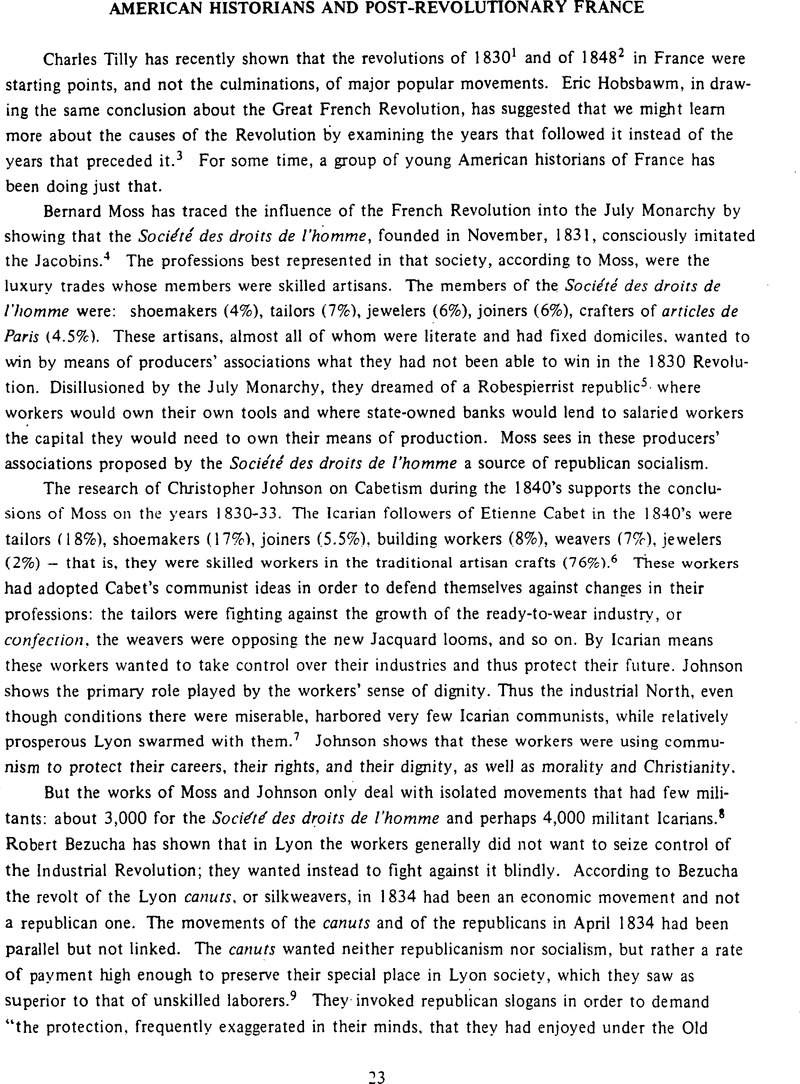Crossref Citations
This article has been cited by the following publications. This list is generated based on data provided by Crossref.
Richards, Michael
1977.
The Lower Classes and Politics 1800-1850.
International Labor and Working-Class History,
Vol. 12,
Issue. ,
p.
31.



